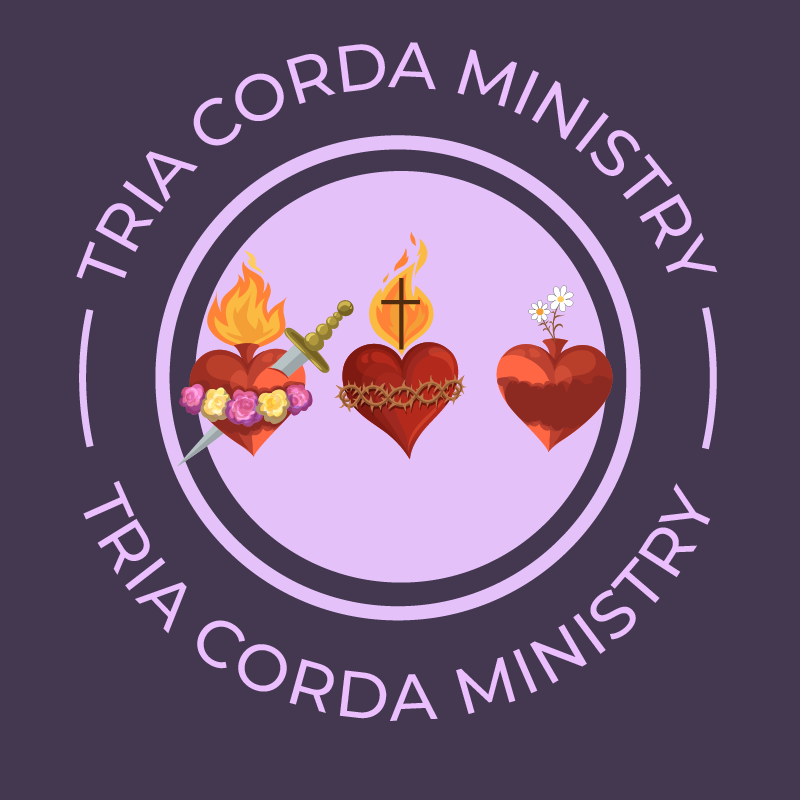Lessons for Ministry from Childhood Disrupted

This page may contain affiliate links. As an Amazon Associate I earn from qualifying purchases, at no extra cost to you. Thank you for your support of Tria Corda Ministry!
The new psychobiological theory of everything.
That is how some researchers refer to adverse childhood experiences or ACEs. In Childhood Disrupted, Donna Jackson Nakazawa unpacks and applies much of this groundbreaking research to the reader’s life. In this article, we’ll discuss some takeaways from this book and apply them to work in ministry.
The Start
The study of ACEs began with a famous study conducted by the CDC and Kaiser Permanente in the 1990s. The researchers asked participants if they had experienced the following before the age of 18:
- Witnessing domestic violence against their mother
- Household substance use
- Household incarceration
- Household mental illness
- Physical neglect
- Emotional neglect
- Physical abuse
- Sexual abuse
- Emotional abuse
- Parental separation or divorce
They then added the number of questions a participant answered yes to to create their ACE score. They found a strong link between ACEs and many different health problems, including obesity, smoking, cancer, heart disease, depression, anxiety, chronic pain, and suicide attempts. The link between ACEs and so many adverse outcomes was so strong that some now call it a new theory of everything.
This study started a substantial new line of research. Now, researchers include other ACEs, such as neighborhood violence, the death of a friend or loved one, and bullying. Now, we know that on average, 64% of people have experienced at least one ACE, and 40% have experienced at least two.
ACEs Can Change Our Cells
Experiencing ACEs can have many different effects, and many of these effects begin through the way ACEs cause cellular changes.
Researchers have found that those exposed to ACEs tend to have cells that age faster than usual.
Additionally, telomeres, or protective caps on our DNA, can erode because of ACEs. When these caps are gone, our DNA can be affected, making us age faster and more susceptible to disease.
ACEs and the Stress System
Human beings have a stress response designed to keep us safe from danger. When our brains think we are in danger, they trigger our bodies to release hormones that help us respond quickly. These hormones dissipate and return to normal levels when the threat passes.
In small amounts, these hormones are safe. But, when there are high levels present, they can promote inflammation.
The chronic stress caused by ACEs causes the stress response to keep going, keeping these hormones circulating at high levels, promoting inflammation and disease.
ACEs and the Brain
ACEs can have multiple adverse effects on the brain as well.
They can release hormones that shrink the parts of the brain involved in emotion processing and stress management, making it difficult to regulate one’s emotions.
Additionally, ACEs can lead to less brain volume in areas involved in decision-making, making it more likely for the affected person to make impulsive decisions.
Finally, we have microglia in our brains, which prune out brain connections that we don’t need so our brains can run efficiently. When people face ACEs, these microglia can go haywire, beginning to kill necessary neurons, especially in brain areas involved in reasoning and impulse control. This excessive pruning can lead to later depression, anxiety, schizophrenia, and Alzheimer’s disease.
The Unique Impacts of ACEs on Women
One very interesting part of Childhood Disrupted is the in-depth chapter on sex differences in the effects of ACEs.
First off, women tend to face more ACEs than men. Women are 50% more likely to experience five or more ACEs than men.
In response to ACEs, women tend to face a higher likelihood of autoimmune diseases than men. One theory for why this is the case is that testosterone, a male sex hormone, can decrease the immune system response. So, if the immune system is going haywire because of the toxic stress of ACEs, these hormones can protect a man from developing an autoimmune disease.
Additionally, women are more likely to develop depression following ACE exposure than men. This is most likely because girls with ACEs are more likely to lose brain volume in areas involved in emotion regulation, which can lead to depression.
Overall, then, women experience more ACEs and tend to face more autoimmune diseases and depression as a result.
Healing From ACEs
This book ends on a note of hope. Although ACEs can significantly affect the brain and body, our brains and bodies can heal from ACEs. Therapy, healing resources, and various medical practices can all help people to heal. Check out this page for some Catholic healing resources.
Takeaways for Ministry from Childhood Disrupted
First, if you are walking with people who may have fallen into a pattern of sin, being aware that ACEs can cause difficulties with self-regulation can help you have compassion and refer people to healing resources to heal their sin at its roots. This awareness can also be helpful if you walk with those who may struggle with mental health problems.
Second, being aware of these impacts can help you to be more patient when those you are working with may be acting in impulsive, emotional ways since you know this may be due to trauma.
Finally, being aware of the pervasive impact of ACEs can make it more motivating to institute trauma-informed practices, as it is more likely than not that those you minister face or did face at least one ACE. Check out this page to learn more.
